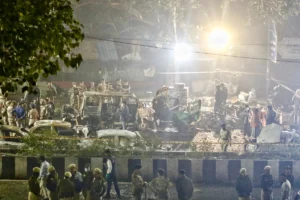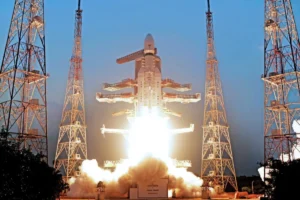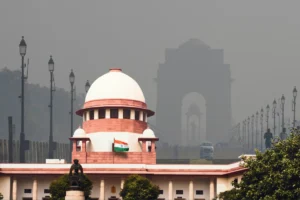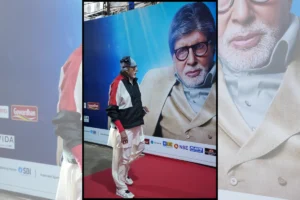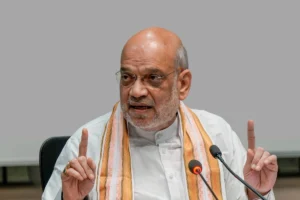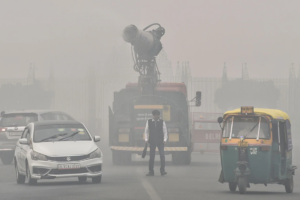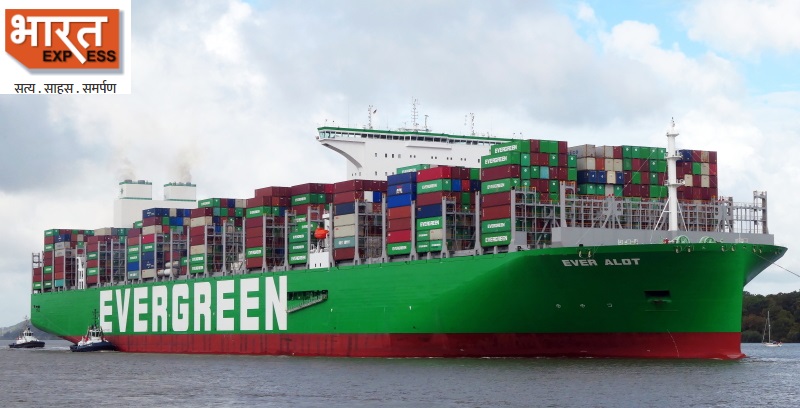
The Ever Alot Container Ship
The Ever Alot, which may surpass the Empire State Building in length, has recently visited neighbouring Sri Lanka and Malaysia.
The country’s failure to attract larger container ships owing to weak port infrastructure threatens Prime Minister Narendra Modi’s objective of making India the world’s factory.
Most Indian coast ports aren’t deep enough to handle boats like the Ever Alot. The world’s largest boxship at 400 metres long and with a capacity of more than 24,000 twenty-foot equivalent units. The Ever Alot, which may surpass the Empire State Building in length, has recently visited neighbouring Sri Lanka and Malaysia.
The Jawaharlal Nehru Port Trust
India’s largest state-run container handling facility, lacks the 17-meter draught required for such boats to navigate. Mundra Port, run by billionaire Gautam Adani’s group, has already stated that it can manage the mammoth. The 17,292-TEU APL Raffles is the largest vessel to have berthed there, with 13,159 TEUs on board in January 2022.
“Ultra-large ships bring economies of scale,” said Shailesh Garg, a director at Drewry Maritime Advisors. “However, increasing vessel size alone will not assist speed up the flow of products to and from the hinterland.” Road and rail connections from ports to warehouses, manufacturers, and stores must also be enhanced, according to him.
According to a Reserve Bank of India research in 2022
Poor maritime connectivity has hampered India’s entry into the global value chain. The country scored 34% in the GVC participation indicator, compared to 45.9% for the 10-member Association of Southeast Asian Nations. According to a different assessment, Vietnam scored above 50% on the scale.
Three years after Vietnam received a similar-class ship, Mundra Port hosted APL Raffles, highlighting how Asia’s third-largest economy risks slipping behind in the race for a larger proportion of trade as corporations shift away from China. Mundra is India’s highest-performing port, ranked 48th on a World Bank Group and S&P Global Market Intelligence index.
Weak infrastructure is hindering Modi’s goal of increasing manufacturing’s portion of GDP to 25% from 14% . Increasing the country’s share of global goods exports to 3% by 2027 and 10% by 2047, up from 2.1% today.
“The present port and terminal infrastructure in India does limit the feasibility of using the full strength of extremely big boats”. Some considerations include “port draught, cranes at terminals utilised for cargo loading and unloading, and port throughput capacity.”
Also Read: MV Ganga Vilas: From Gym To Spa… See Photos From Inside The Luxury River Cruise
The Other Thing To Consider
According to Maersk, which is the world’s second-largest container shipping line, was that Indian importers and exporters are spread across the country. It is more cost and time effective to send and receive cargo through a port closer to their operations.
“In such a case, smaller vessels offer flexibility to go to more ports and move smaller volumes, than concentrate on a single hub,” Maersk said.
“Development of maritime capacity will be key to competing with China and other emerging manufacturing hubs in Southeast Asia and other regions,” said Drewry’s Garg. “China has a far more developed and efficient port and logistics infrastructure.”
In terms of container throughput, India’s 16 million TEUs as of December 2020 compares with 245 million TEUs for China, according to London-based data analysis firm CEIC Data.
To read more such news, download Bharat Express news apps









